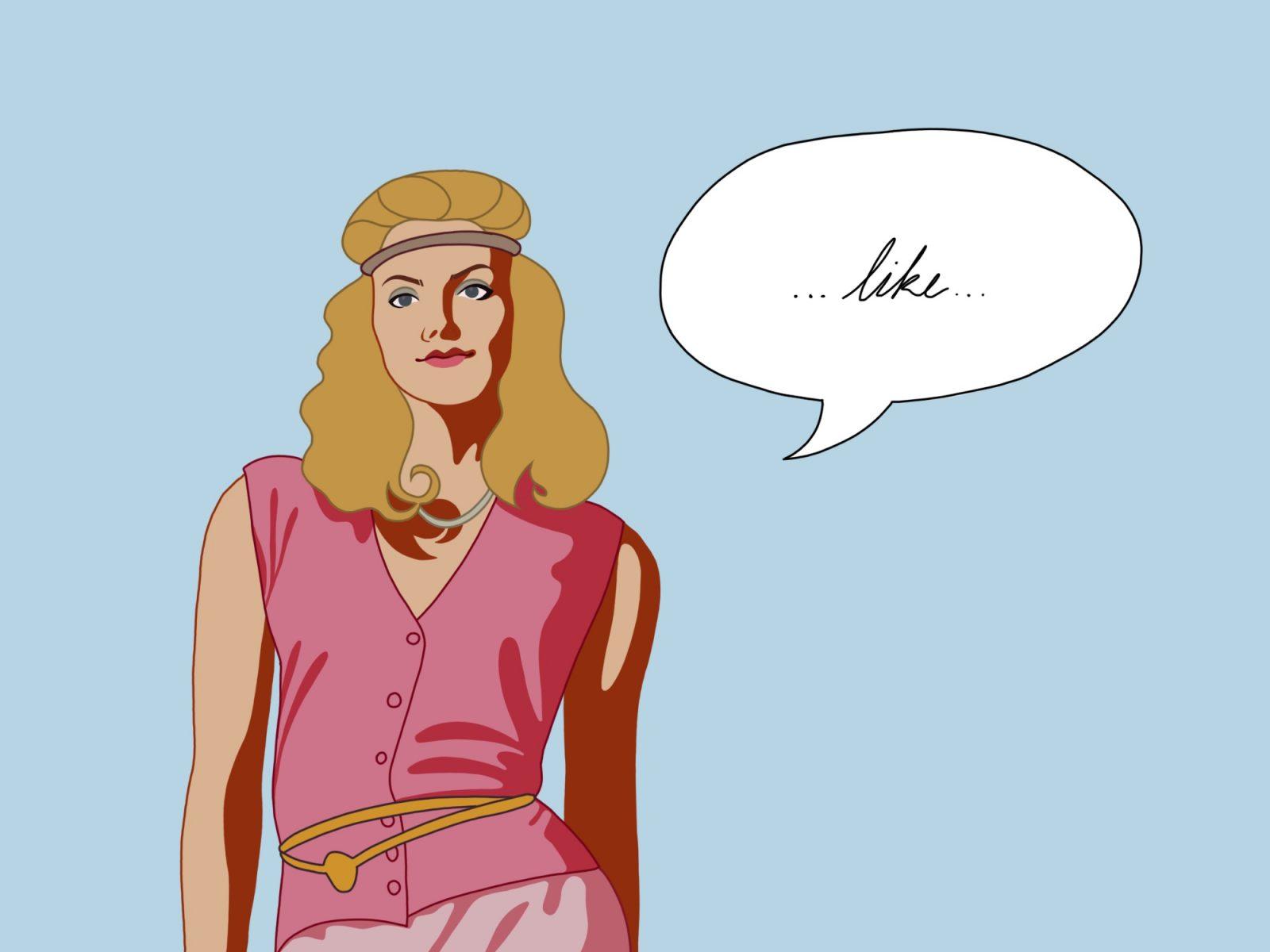Growing up, I never had a bag, let alone a purse. Whenever I left the house, I’d carry my wallet and phone in my hands, expecting to throw them into some family member or friend’s bag when I grew tired of holding them.
My parents complained, “When are you just going to get a purse?”
I replied, “When will my pockets get bigger?”

Of course, I have since caved and now own a purse. But I will find any reason not to use it, and consequently, it mostly collects dust on the shelf.
This probably seems like a trivial dilemma. But the inequity of pocket sizing is but another example of reinforced gender norms that are built into our everyday lives.
As journalist Charlotte P. Gilman wrote in the New York Times in 1905, “One supremacy there is in men’s clothing… its adaptation to pockets.”
Small pockets, a norm in women’s clothing and not men’s, are a fashion convention indicative of the idea that women must prioritize beauty and aesthetics first, which can — and often does — come at the expense of utility.
A study found that the pockets in women’s jeans are 48% shorter and 6.5% narrower than men’s pockets.
The history of pockets dates back to medieval times, when both men and women “tied their bags to the waist or wore them suspended from belts,” according to Vox. These bags were eventually sewn into the article of clothing rather than attached to it, but this change was only for men’s garments.
However, these “tie-in pockets” became too bulky for the developing trends of the late eighteenth century that accentuated the female body and required more slim and fitted silhouettes.
The sexism behind pocket sizes is rooted in the contentious relationship between women and the perception of their bodies
It appears as though men are given a scope of clothing functionality based on maximal utility, but the scope for women is bound by the quantity of their perceived bodily lumps.
However, in spite — or maybe because — of this, pockets also began to evolve into a means of resistance. The “Suffragette Suit” of the early twentieth century had seven to eight pockets. In 1910, a New York Times article pointed out these pockets, which I see as a symbol of women’s right to private property.
Pockets were politicized not only as emblems of property rights but also of the right to information.
A poem by Sharon Owens reads, “Someone clever once said / Women were not allowed pockets / In case they carried leaflets / To spread sedition…So ladies, start sewing / Dangerous coats / made of pockets & sedition.”
In other words, a purse put away keeps the patriarchy at bay.
While pockets were co-opted by feminist resistance movements in the mid-twentieth century, the earlier sexist rhetoric still presided. Christian Dior stated in 1954, “Men have pockets to keep things in, women for decoration.”
Dior’s characterization deepened the stereotyped active-passive divide, where pockets are a means of men’s ability to use, compared to pockets as a means of displaying women’s ability to accessorize.
There are many reasons why this discrepancy will not be reconciled soon. Obviously, there’s the 68-billion dollar handbag industry, according to Statista. Plus, the recent proliferation of androgynous clothing isn’t mutually exclusive with the fashion industry continuing to be dominated by normatively gendered clothing.
This seems like the kind of change that won’t happen overnight. It’s also difficult to argue that this is a cause worthy of attention given everything else currently happening in the world. But it’s nonetheless a great example of the unnoticed manifestations of more traditional gender norms in our everyday lives.
In the meantime, if we want our pockets to be of equal size and utility, there are still options for us. Radian Jeans is a brand based on the importance of “highly functional” pockets for women. Good American and Kirrin Finch also provide equal-sized pockets for all.
I will never find a purse as functional and convenient as a satisfyingly large pocket. Now that I’ve ordained deep pockets as a necessary aspect of any pants purchase, I guess my purse will just keep collecting dust in the corner.





























































































































